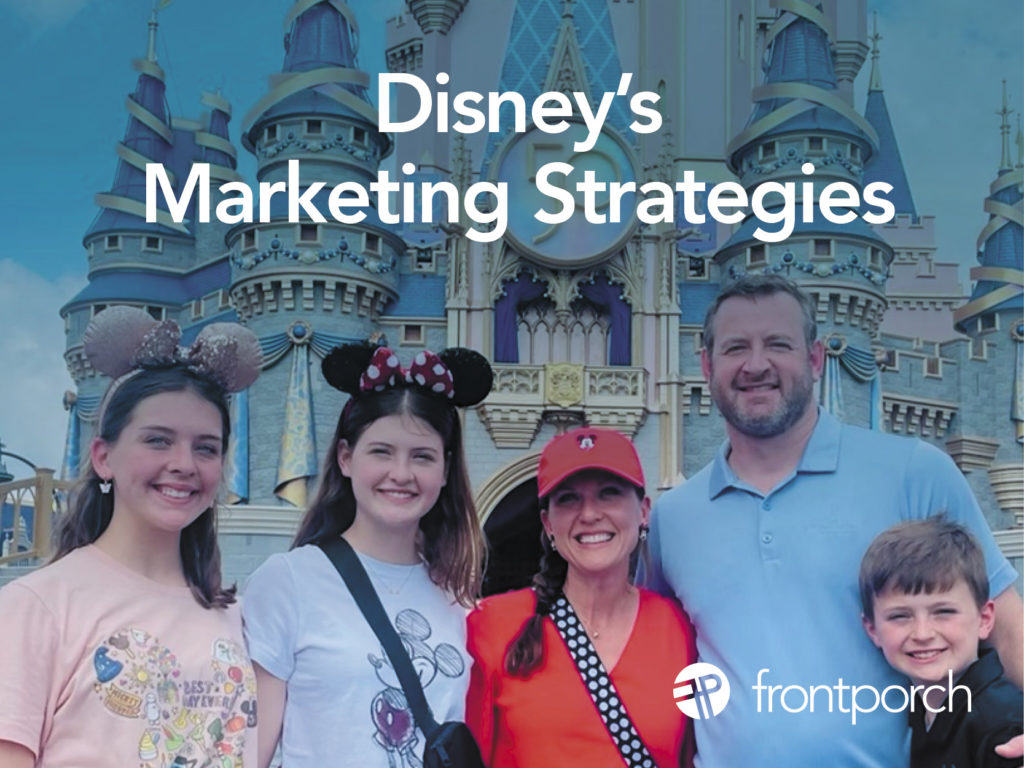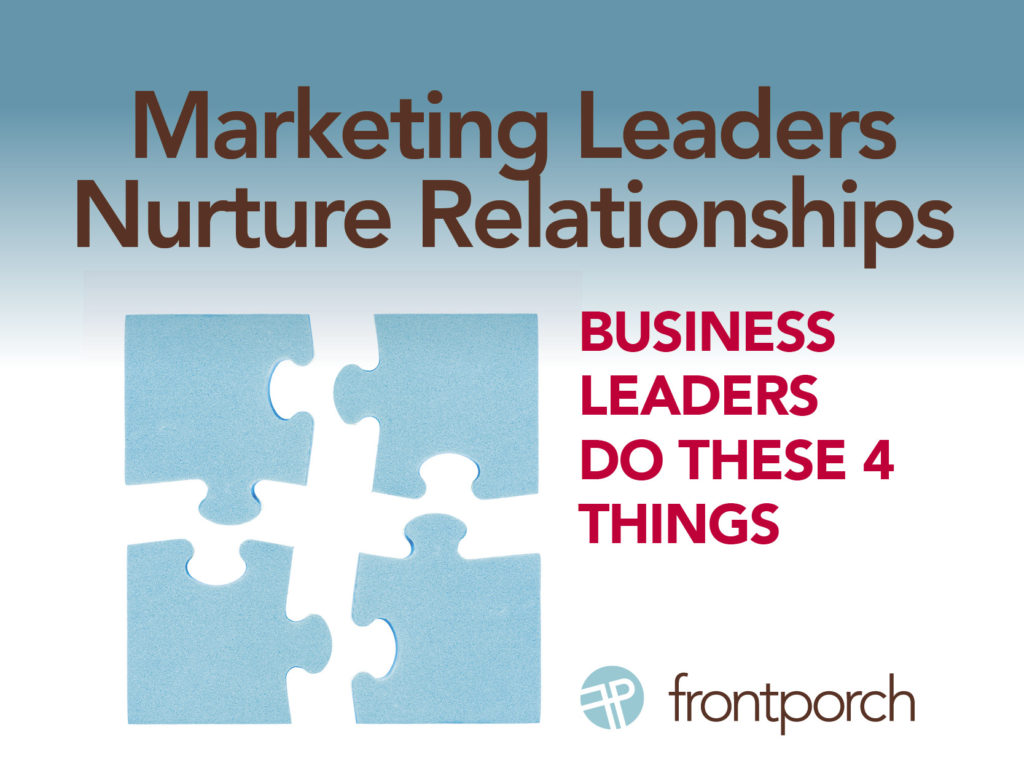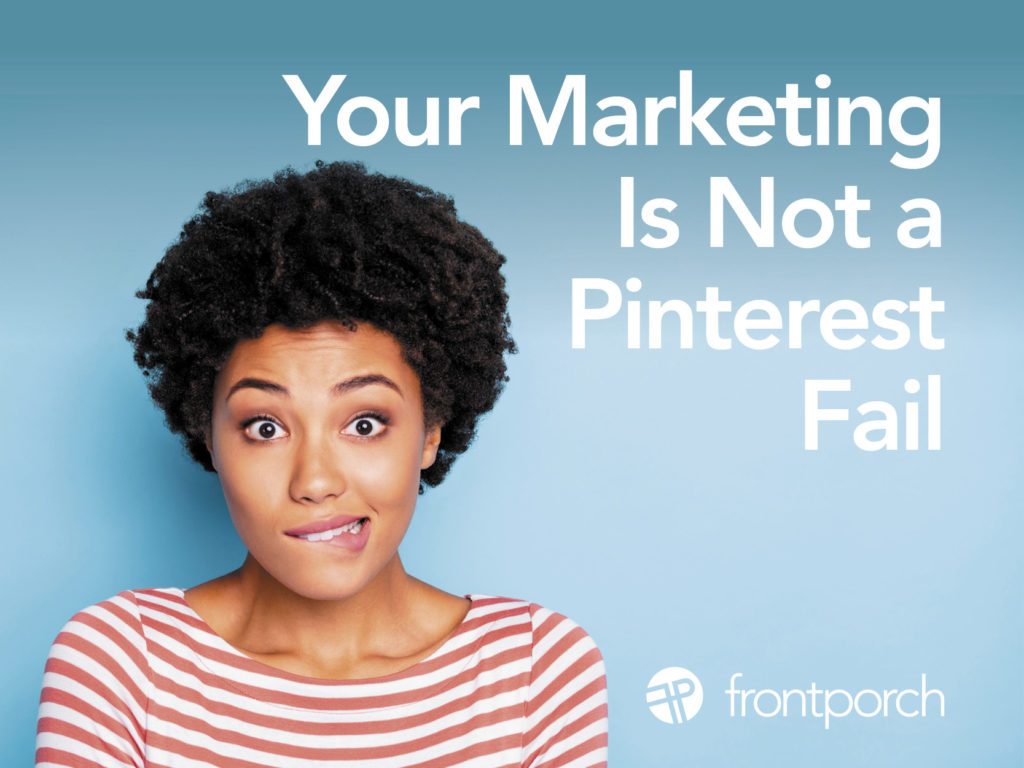
I get asked what it’s like to work with my mom, the boss of Front Porch Marketing, Chief Rocker Julie Porter. Well, let me tell you. It’s a lot harder than you would expect. Why? Because she expects so much more out of me and she knows that I’m capable of doing almost anything and everything.
Is work easier when your mom is the boss?
A lot of people usually say “oh she definitely lets you slack off” or “oh I bet it’s so easy”, but they couldn’t be more wrong. It adds a lot of pressure on me when I do work for my mom’s company, because I want to do my absolute best in order to impress my mom. I want to live up to her expectations of me. But, it is also very comforting to know that my mom is the boss and CEO.
The boss always has your back
While she is always challenging and expecting the most out of me I know that she will always have my back and be the most understanding when it comes to work. No matter what, there will always be someone in my corner. She also tends to have a great support system.
She surrounds herself with the very best team members which makes my situation a lot more comforting. Seeing her support all of her employees, and create a successful remote working environment makes it a lot easier and more fun for me to do work for her, and the other Front Porch Marketing team members. I don’t say it a lot but when it comes to working with and for her sometimes, I can be a little excited. While she has taught me a lot about marketing, she’s also taught me about running a business. Because she is good at this.
Takeaways from a summer internship with a parent
All in all, this summer has been great so far and it has been a pleasure to heighten my business relationship with my mother. I’ve learned so much from my mom the boss, that I can apply to college and my future job endeavors. I owe it all to her and I love her so much. Thanks mom!











